Cleft Palate and Ayurveda: A Holistic Approach to Healing
Cleft Palate and Ayurveda: A Holistic Approach to Healing is a congenital condition where there is an opening or gap in the roof of the mouth (palate) that occurs when the tissue doesn’t fully come together during fetal development. This condition can lead to a range of difficulties, including feeding issues, speech problems, and an increased risk of ear infections. While surgical interventions are the primary treatment for cleft palate, many families explore complementary therapies, including Ayurveda, to support recovery and enhance overall well-being. This blog explores the Ayurvedic perspective on cleft palate, its potential benefits, and holistic approaches to care.
Understanding Cleft Palate
What Causes Cleft Palate?

Cleft palate can result from a combination of genetic and environmental factors. Some potential causes include:
- Genetic predisposition: Family history can play a role.
- Environmental factors: Maternal smoking, alcohol consumption, and certain medications during pregnancy may contribute to the risk.
- Nutritional deficiencies: Lack of certain vitamins and minerals, such as folic acid, may influence the development of the fetus.
Types of Cleft Palate
Cleft palate can be categorized into several types:
- Complete cleft palate: Involves a gap that extends from the hard palate (the bony front part) through the soft palate (the back part).
- Incomplete cleft palate: A partial opening in the palate that may not extend all the way through.
- Submucous cleft palate: A hidden cleft that occurs beneath the surface of the palate.
Impact of Cleft Palate
Children with cleft palate may face various challenges, including:
- Feeding difficulties: Infants may struggle to create the necessary suction for breastfeeding or bottle-feeding.
- Speech issues: As they grow, children may have articulation problems and require speech therapy.
- Dental concerns: Misalignment of teeth and other dental issues can arise.
- Social and emotional impact: Children may face stigma or bullying due to their condition.
Ayurvedic Perspective on Cleft Palate
Ayurveda is a traditional system of medicine from India that emphasizes balance in the body, mind, and spirit. According to Ayurvedic principles, health is a state of equilibrium between the three doshas—Vata, Pitta, and Kapha. Each dosha represents different bodily functions and characteristics:
- Vata: Governs movement and communication.
- Pitta: Regulates metabolism and transformation.
- Kapha: Controls structure and stability.
The Role of Doshas in Cleft Palate
From an Ayurvedic standpoint, a cleft palate may be seen as an imbalance in the doshas, particularly during the critical developmental stages in utero. The condition could be related to:
- Vata imbalance: This can affect the formation of tissues and structures in the fetus, leading to congenital anomalies.
- Kapha imbalances: Excessive Kapha may contribute to the formation of excess tissue or structural issues in the palate.
Holistic Treatment Approaches
Ayurveda offers a comprehensive approach to healing that includes dietary recommendations, herbal remedies, lifestyle modifications, and therapies aimed at restoring balance.
1. Diet and Nutrition
Nutrition plays a crucial role in supporting a child’s recovery from cleft palate. An Ayurvedic diet emphasizes fresh, whole foods that are nourishing and easy to digest. Key dietary components may include:
- Warm, cooked foods: These are easier to digest and help balance Vata.
- Nutrient-rich foods: Include fruits, vegetables, whole grains, and healthy fats. Incorporate foods high in folic acid, such as leafy greens, legumes, and fortified cereals, to support overall health.
- Avoiding processed foods: Minimize sugar, preservatives, and artificial additives to reduce inflammation and support optimal health.
2. Herbal Remedies
Several Ayurvedic herbs may support overall health and well-being in children with cleft palate. Some beneficial herbs include:
- Ashwagandha (Withania somnifera): Known for its adaptogenic properties, it can help reduce stress and promote overall vitality.
- Ginger (Zingiber officinale): Supports digestion and can be beneficial for improving appetite.
- Turmeric (Curcuma longa): Has anti-inflammatory properties and supports healing.
Before introducing any herbal remedies, it is crucial to consult an Ayurvedic practitioner for appropriate dosages and formulations.
3. Lifestyle Modifications
Incorporating specific lifestyle practices can enhance healing and balance:
- Gentle yoga and breathing exercises: These can help improve circulation, reduce stress, and promote overall well-being. Simple practices like pranayama (breath control) can be beneficial.
- Routine and structure: Establishing a daily routine can help create a sense of stability, which is particularly important for children with health challenges.
- Emotional support: Providing a nurturing environment and addressing emotional needs can significantly impact a child’s healing journey.
4. Ayurvedic Therapies
Ayurveda offers various therapies that can support healing:
- Abhyanga (oil massage): This practice involves gentle massage with warm oils to promote circulation and balance the doshas. It can be soothing for children and help them feel more comfortable.
- Shirodhara: A therapeutic treatment involving a steady stream of warm oil poured onto the forehead. It may help reduce anxiety and promote relaxation.
- Panchakarma: This detoxification therapy can be considered under the guidance of a qualified practitioner to help restore balance.
Integrating Ayurveda with Conventional Care
While Ayurveda offers valuable insights and complementary therapies, it is essential to integrate these approaches with conventional medical care. Regular follow-ups with pediatricians, speech therapists, and dental professionals are crucial for managing the complexities associated with cleft palate.
The Importance of a Team Approach
A multidisciplinary team, including medical doctors, surgeons, speech therapists, nutritionists, and Ayurvedic practitioners, can create a comprehensive care plan tailored to the child’s specific needs. This collaborative approach ensures that all aspects of the child’s health are addressed.
Conclusion
Cleft palate is a multifaceted condition that requires a holistic approach to care. Ayurveda offers valuable insights and therapeutic practices that can complement conventional treatments, promoting overall well-being and supporting healing. By focusing on nutrition, herbal remedies, lifestyle modifications, and emotional support, families can enhance their child’s recovery journey.
As always, it’s essential to consult with healthcare professionals before making any significant changes to treatment plans. With a combination of traditional and modern medicine, children with cleft palate can thrive and lead fulfilling lives. Through understanding and support, families can navigate this journey with hope and resilience, embracing both the challenges and the triumphs along the way.

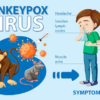


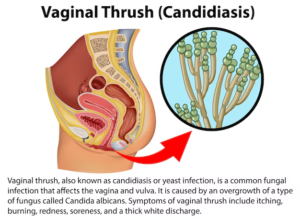
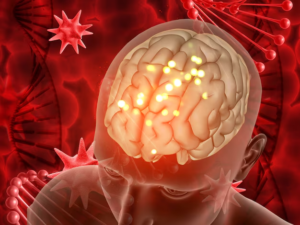
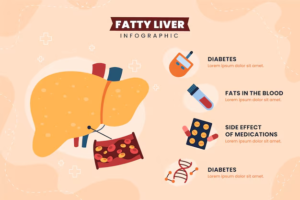
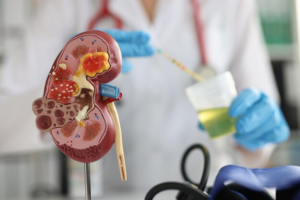
Leave a reply